Welcome to the wonderful world of artisan baking, where tradition meets innovation! This sourdough challah bread recipe combines the ancient art of sourdough fermentation with the beloved Jewish tradition of challah baking. As someone who has perfected this sourdough challah bread recipe over countless Friday afternoons, I'm excited to share these time-tested techniques with you.
Creating the perfect sourdough challah bread recipe requires patience, love, and understanding of how sourdough starter transforms simple ingredients into something magical. This enriched sourdough dough produces a beautifully braided loaf with a golden crust and incredibly soft, tangy crumb that will elevate your Shabbat table and holiday gatherings.
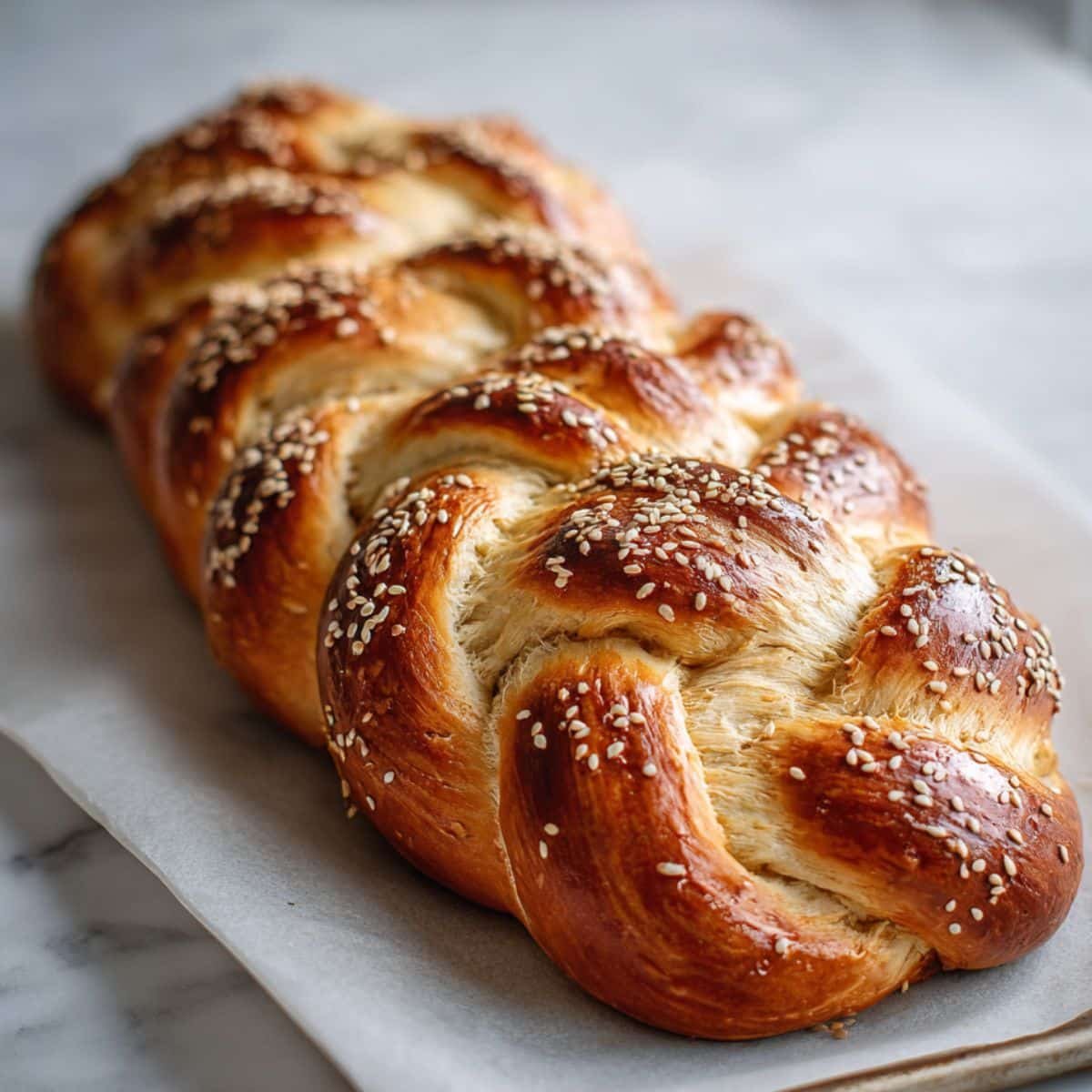
Background & Why This Sourdough Challah Recipe Stands Out?
Traditional challah recipes rely on commercial yeast for quick rise times, but this sourdough challah bread recipe takes a different approach by harnessing the power of wild fermentation. The slow fermentation process develops complex flavors while creating a more digestible bread with improved nutritional benefits. This method produces a challah with subtle tang that perfectly complements the bread's natural sweetness.
What makes this sourdough challah bread recipe truly special is its versatility and forgiving nature. Unlike commercial yeast versions that require precise timing, sourdough fermentation allows for flexible scheduling that fits your lifestyle. The overnight rise develops incredible flavor depth while the enriched dough remains soft and pillowy. This sourdough challah bread recipe has become my go-to for both weekday treats and special occasions.
Jump to:
Ingredients
- Active sourdough starter
- Bread flour
- Eggs
- Honey
- Olive oil or melted butter
- Salt
- Warm water
- Egg for wash
- Sesame seeds or poppy seeds
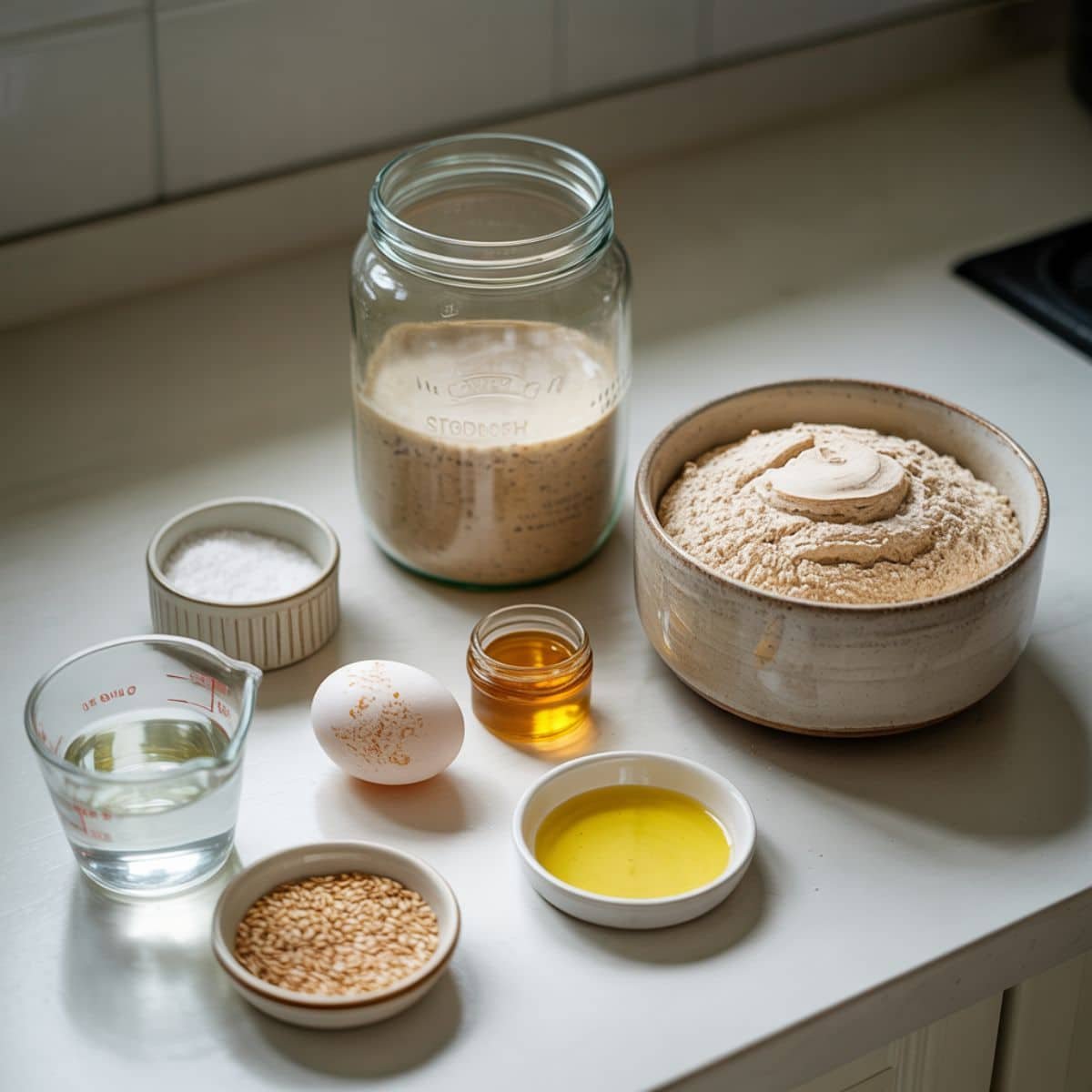
See recipe card for quantities.
Instructions
Prepare the Dough
- Mix active sourdough starter with warm water and honey until dissolved
- Whisk eggs and add to the mixture along with oil
- Combine flour and salt in a large bowl, then add wet ingredients
- Knead until smooth and elastic, about 8-10 minutes
First Rise and Shaping
- Place dough in oiled bowl, cover, and let rise 6-8 hours at room temperature
- Divide dough into portions for braiding
- Roll each portion into long ropes and braid according to desired pattern
- Place on lined baking sheet and cover for second rise
Final Rise and Baking
- Allow braided challah to rise 2-3 hours until puffy
- Brush with beaten egg and sprinkle with seeds
- Bake at 375°F for 25-30 minutes until golden brown
- Cool completely before slicing
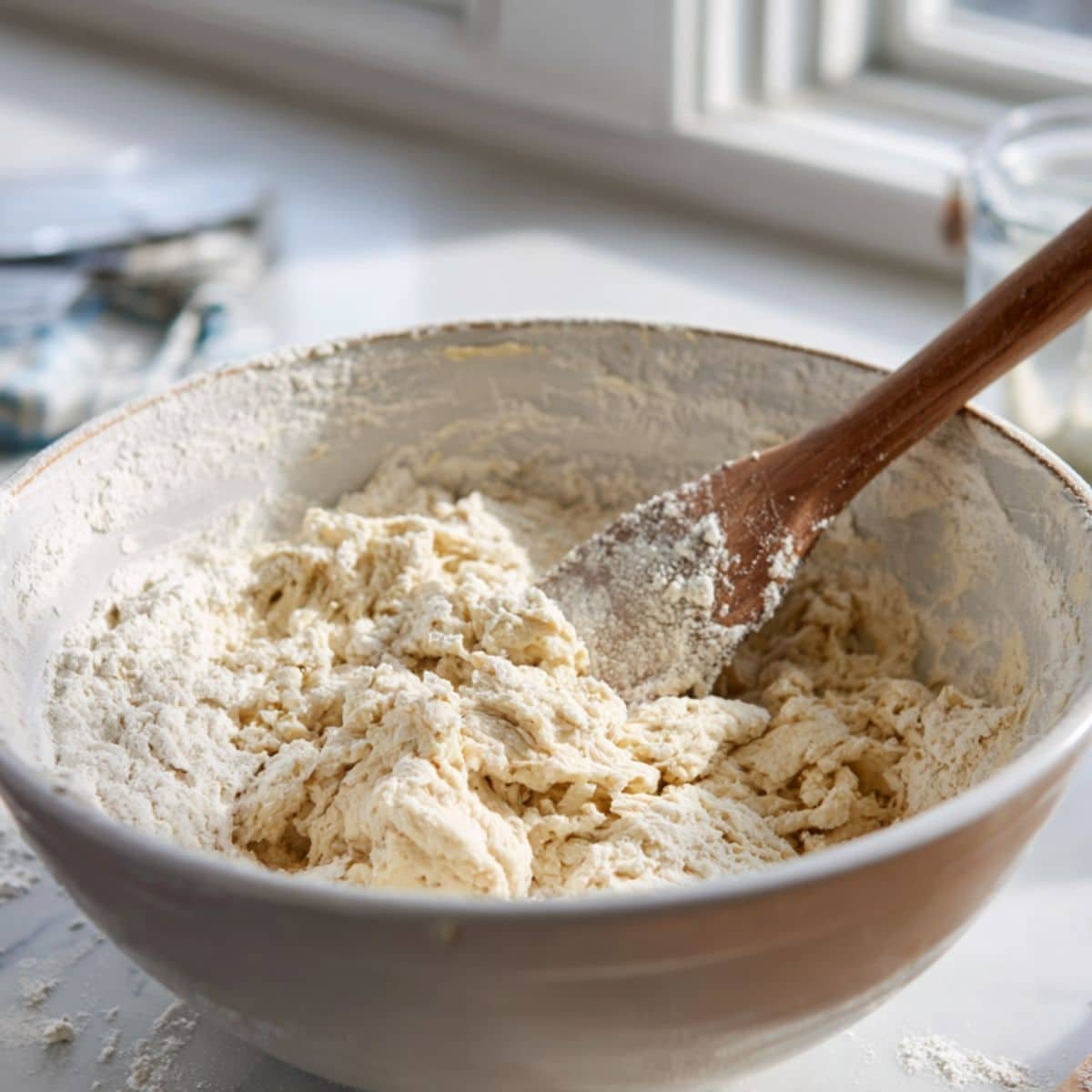
- Prepare the Dough: Combine starter, water, honey, eggs, oil, flour, and salt, kneading until smooth.
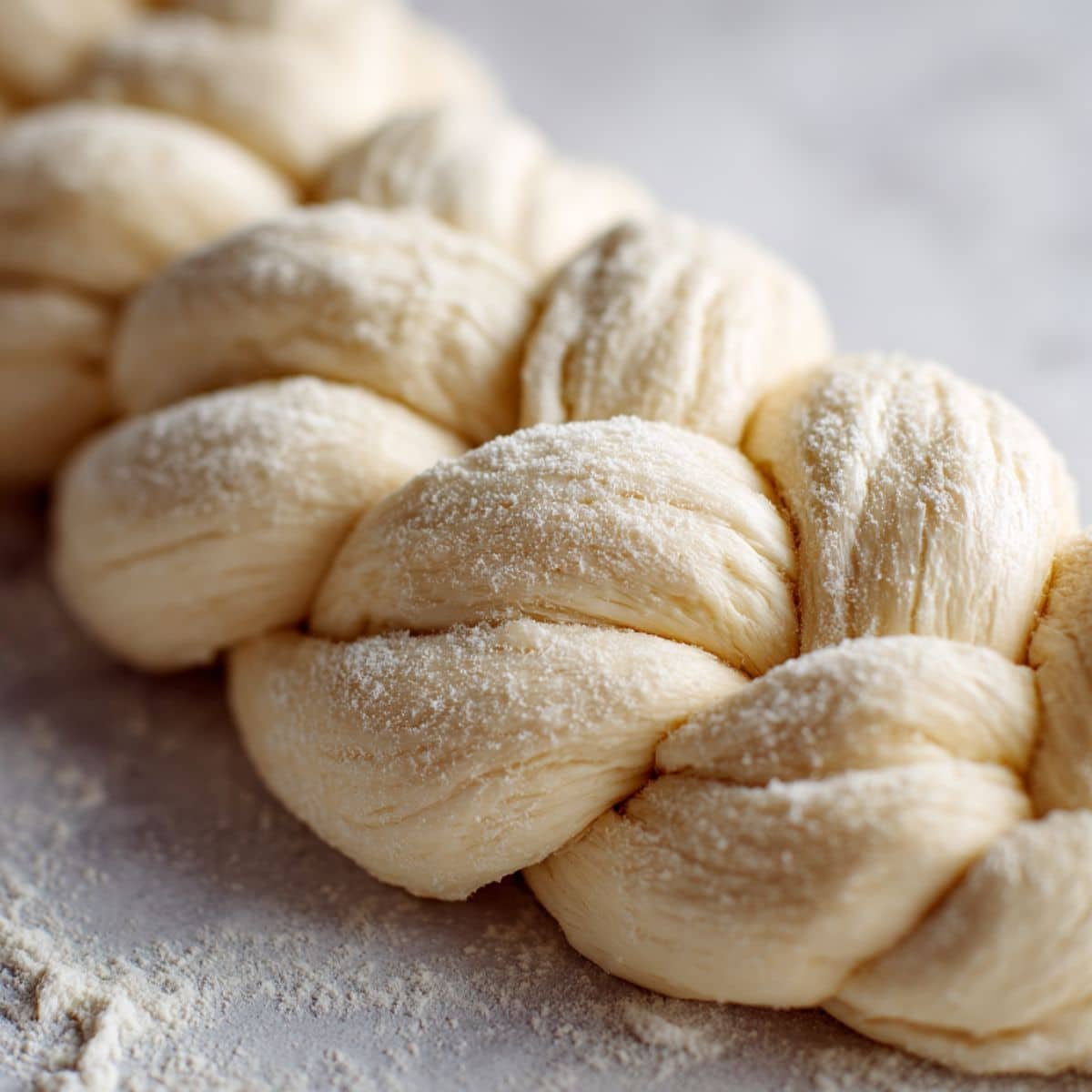
- First Rise and Shaping: Let dough rise, divide, roll into ropes, and braid into loaf.
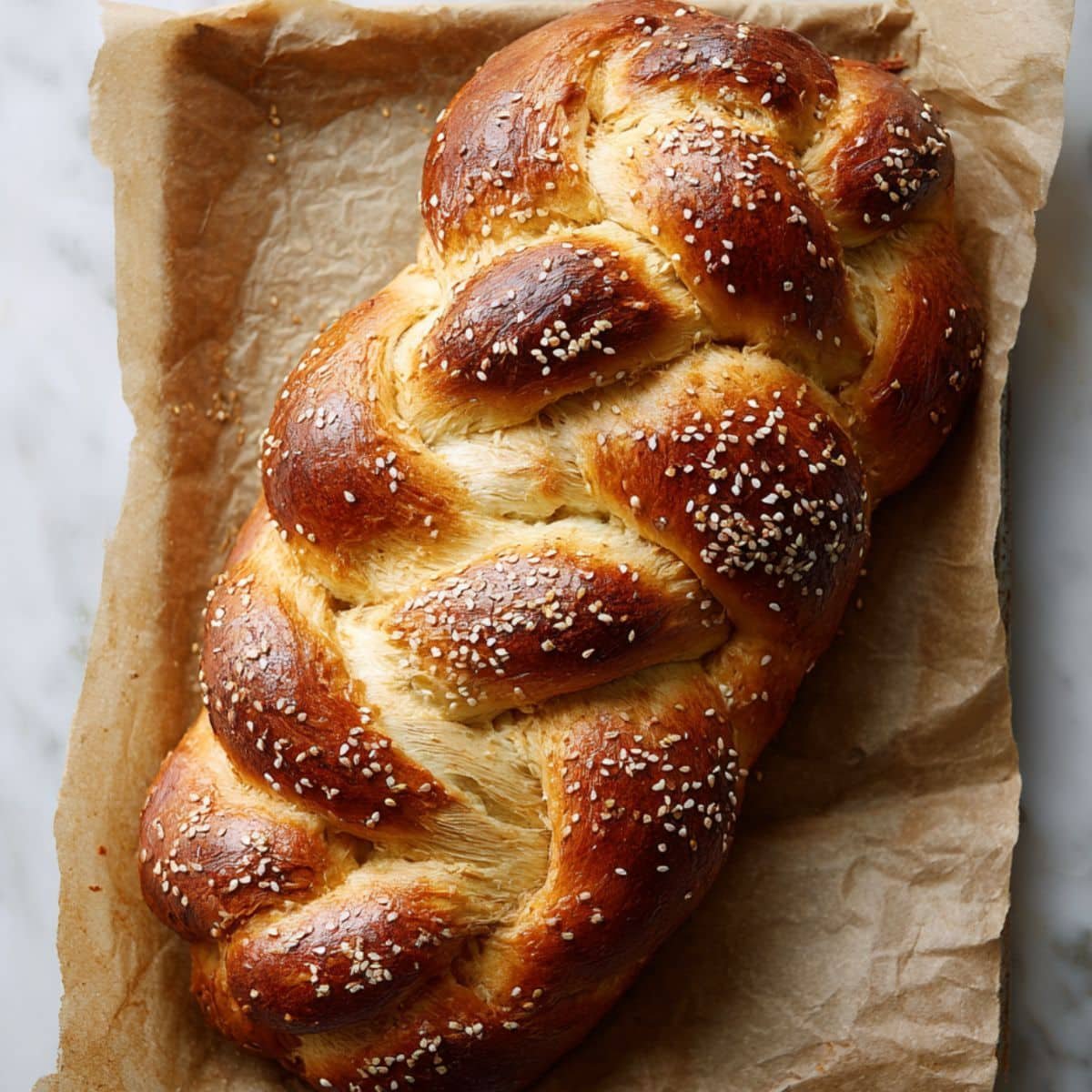
- Final Rise and Baking: Let braided loaf rise, brush with egg wash, sprinkle with seeds, and bake.
Equipment For Sourdough Challah Bread Recipe
- Large mixing bowl
- Kitchen scale
- Clean kitchen towels
- Baking sheet
- Parchment paper
- Pastry brush
- Sharp knife or bench scraper
Expert Cooking Tips
- Ensure your sourdough starter is active and bubbly before beginning this sourdough challah bread recipe
- Use room temperature eggs for better incorporation
- Don't rush the fermentation process; longer rises develop better flavor
- Test doneness by tapping the bottom; it should sound hollow
- Let the bread cool completely before slicing to prevent gumminess
Recipe Variations
- Add orange zest and dried cranberries for a festive twist on this sourdough challah bread recipe
- Incorporate cinnamon and raisins for a sweet version
- Try a savory version with herbs and garlic
- Make mini challah rolls for individual servings
- Create a chocolate chip version for special treats
Storage
- Store finished bread in airtight container at room temperature for up to 3 days
- Freeze sliced portions for up to 3 months when using this sourdough challah bread recipe
- Refresh day-old bread by warming in 300°F oven for 5 minutes
- Keep starter active in refrigerator between baking sessions
- Wrap tightly in plastic wrap to prevent drying
Grandma's Ancient Secret That Changes Everything
The secret that transformed my sourdough challah bread recipe came from my grandmother's old notes tucked away in her recipe box. She discovered that adding a tablespoon of honey to the sourdough starter feed 24 hours before baking created an incredibly active culture. This simple addition resulted in challah with unmatched rise and flavor complexity that became legendary in our family.
Another revelation was her technique of braiding the dough slightly under-proofed, allowing the final rise to happen during the early baking stages. This sourdough challah bread recipe method creates the most beautifully shaped loaves with perfectly defined braids that maintain their structure throughout the baking process.
FAQ
Can you make a sourdough challah?
Absolutely! This sourdough challah bread recipe proves that wild fermentation creates superior flavor and texture compared to commercial yeast versions. The tangy notes from sourdough starter perfectly complement challah's traditional sweetness, while the slow fermentation develops complex flavors and improves digestibility. The key is maintaining an active starter and allowing adequate time for proper fermentation.
What is the biggest mistake beginners make with sourdough bread?
The most common error in any sourdough challah bread recipe is using inactive or weak starter, resulting in dense, poorly risen bread. Beginners often rush the fermentation process or skip proper starter maintenance. Always ensure your starter doubles in size within 4-6 hours of feeding before attempting this recipe. Patience and consistent starter care are essential for success.
What makes a challah different from bread?
Challah differs from regular bread through its enriched dough containing eggs, oil, and sweeteners, creating a tender, slightly sweet crumb. This sourdough challah bread recipe maintains these traditional characteristics while adding tangy complexity from wild fermentation. The braided shape and golden egg wash also distinguish challah visually, making it both ceremonial bread and delicious everyday treat.
Why is sourdough bread not fattening?
Sourdough fermentation breaks down gluten and starches, making this sourdough challah bread recipe more digestible and potentially less inflammatory than commercial yeast breads. The wild fermentation process also increases beneficial bacteria and reduces phytic acid, improving mineral absorption. While still containing calories, sourdough's improved digestibility and slower glucose response make it a healthier bread choice for many people.
Expand Your Baking Horizons with These Delicious Recipes
Now that you've mastered this incredible sourdough challah bread recipe, it's time to explore other amazing baking adventures that will keep your kitchen filled with irresistible aromas. The techniques you've learned here translate beautifully to other enriched doughs and sweet breads that your family will absolutely love.
Consider trying our Make Perfect Cinnamon Donut Bread Recipe for a delightful twist on morning treats, or dive into our Ultimate Banana Nut Bread with Almond Flour Recipe for a healthier option that doesn't compromise on flavor. These recipes complement the skills you've developed with this sourdough challah bread recipe, allowing you to build a repertoire of exceptional homemade breads that will make every meal special.
From my kitchen, with heart.
Emily Nelson ❤️
Related
Looking for other recipes like this? Try these:
Pairing
These are my favorite dishes to serve with Sourdough Challah Bread Recipe

Sourdough Challah Bread Recipe
Equipment
- 1 Large mixing bowl For mixing dough
- 1 Kitchen scale For accurate measurements
- 1 Clean kitchen towel For covering dough
- 1 Baking sheet For baking loaf
- 1 Parchment paper To line baking sheet
- 1 Pastry brush For egg wash
- 1 Sharp knife or bench scraper For dividing dough
Ingredients
- 1 cup Active sourdough starter Bubbly and fed
- 4 cups Bread flour
- 3 large Eggs Room temperature
- ¼ cup Honey Plus 1 tablespoon for starter feed
- ¼ cup Olive oil or melted butter
- 1 ½ teaspoon Salt
- ¾ cup Warm water
- 1 large Egg For wash
- 2 tablespoon Sesame seeds or poppy seeds Optional
Instructions
- Combine starter, warm water, honey, eggs, oil, flour, and salt in a large bowl. Mix until a shaggy dough forms.
- Cover with a kitchen towel and let ferment at room temperature for 8–10 hours or until doubled.
- Divide dough into 3 or 4 equal pieces, roll into logs, and braid.
- Place braided loaf on parchment-lined baking sheet and let rise until puffy (1–2 hours).
- Brush loaf with beaten egg and sprinkle with seeds if desired.
- Bake at 375°F (190°C) for 25–30 minutes, until golden brown.
- Transfer to wire rack and cool completely before slicing.

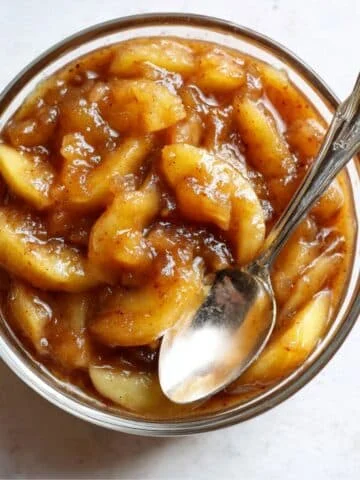
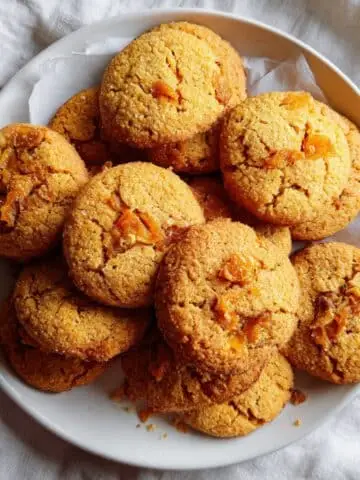


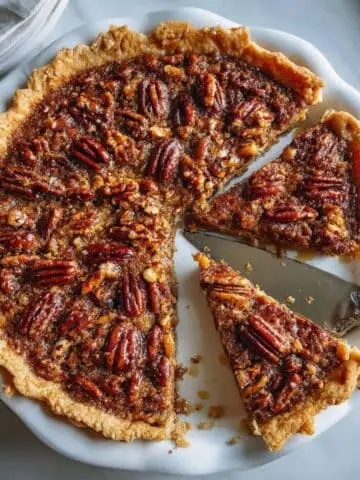

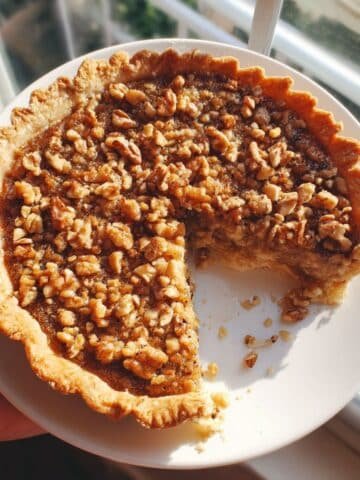

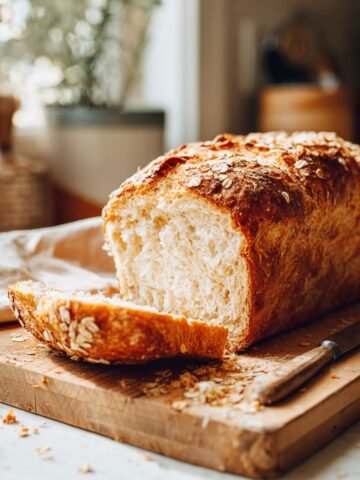
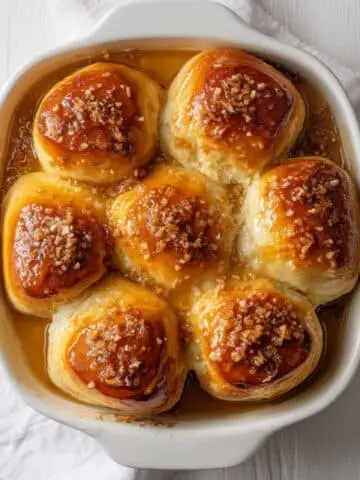
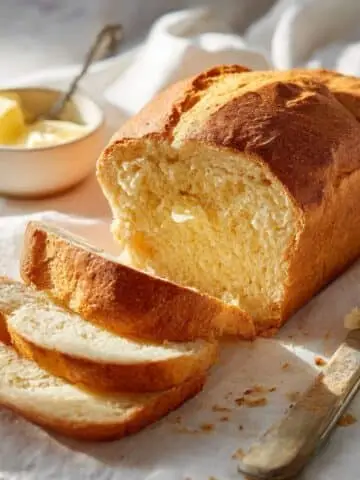

Leave a Reply